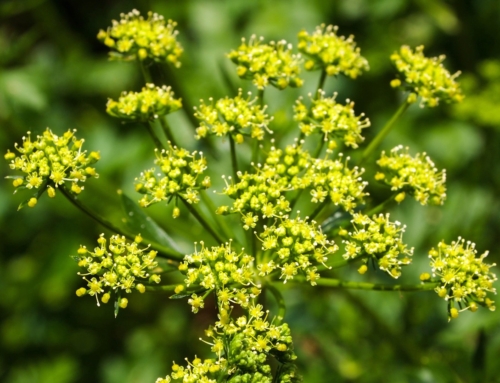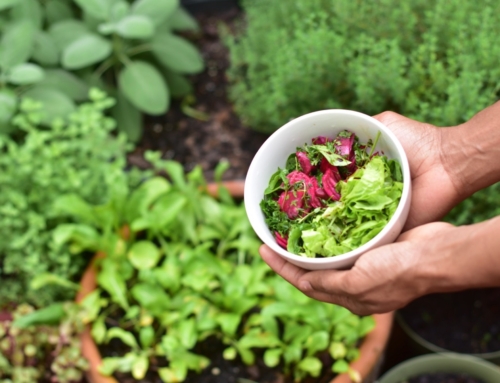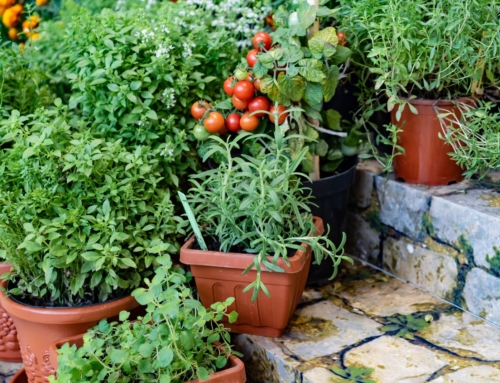
The “dirt” does matter. Actually, there is no such thing as “dirt” – gardeners referred to as it the growing media plants live in. No two growing media are created the same as they are actually comprised of dozens of different ingredients, blended in various ways to meet the needs of the plants. The type of the media is dictated by the type of plant it needs to support. Keep in mind, the plants are dependent upon a relatively small amount of growing media to meet all of their nutritional needs.
The Plant Determines the Growing Media
Growing media has three primary functions:
- to supply the roots with nutrients, air, and water,
- allow for maximum root growth, and
- physically support the plant.
Media for containers need to be to aerate and drain while still being able to retain enough moisture for plant growth. That is a big challenge! So, although soil mixes can be used if carefully prepared, commercial soil-less mixes continue to be the media of choice for containers. They are light weight, drain well, hold water (when needed to) and provide nutrients to the plant. Tip: avoid mixes that contain sedge peat, feel heavy or gritty, have very fine particles, or appear clumped.
As previously mentioned, the choice of media is dictated by the type of plant it is hosting. Succulents and some herbs prefer medias that are well drained, not retaining moisture long after watering. In this case, you might choose a media that is more course in texture, containing more bark, perlite, or sand. Topical and foliage plants, who require a moister growing condition, prefer a media with more peat and less course material. When shopping for growing media, read the bags carefully. They will provide lots of information to help you choose which one is best for the container you are creating.
Container grown vegetables are more flexible with regards to their growing media. They do well in 100% compost, 50/50 soil/soil-less mixes, small amounts of topsoil (only for large containers and cannot exceed 10%) as well as 100% soil-less mixes.
So, can soil-less media be reused year after year?
Yes, if the plants in the containers are healthy with no major disease problems. In this case, you may still want to add some fresh media to add some nutrients and fill the container. But often is it good to simply replace the media in the container. Over the course of time the organic materials break down and the nutrients in the soil or media are diminished. The result is a loss in drainage, aeration capability, and vital nutrients. Feel free to compost the material or dump it in a larger garden, then fill the container with fresh media.
Filling Large Containers
If the container is quite large, and maybe even rather heavy to start with, it can be both costly and back breaking to fill the whole container with media. Think about using a filler in the bottom of the container to take up some of that space. You can also choose a lighter-weight container to manage the final weight of the pot. There are many filler options, but they should be something that is inert, able to take up space easily, and not at risk of decomposing over the life of the pot. Items such as crushed aluminum cans, non-biodegradable “packing peanuts” are often easy to get ahold of. Simply fill the bottom one-quarter to one-third of the container with your choice of material. Then lay a piece of landscape fabric between the material and your growing media to keep the soil from infiltrating the filler yet allowing water to freely pass through. There will still be ample room for the roots to grow and you will have a much lighter, lower cost container full of beautiful plants.
Potting tip: When filling the container, leave about 1 inch between the top of the soil and the rim of the pot. This allows for easier watering as it provides a space to “put water” while it is waiting to drain down. Important for avoiding run-over!
So that’s the dirt… on container media, that is.
By Liza Cameron, Hennepin County Master Gardener volunteer




